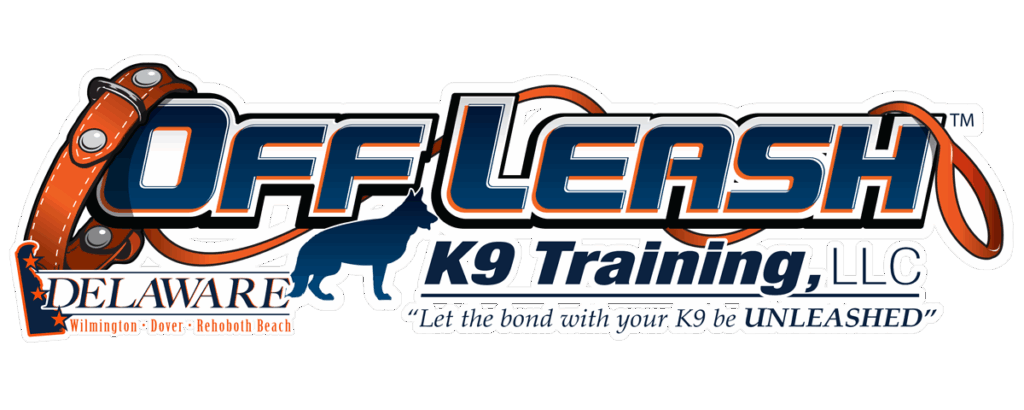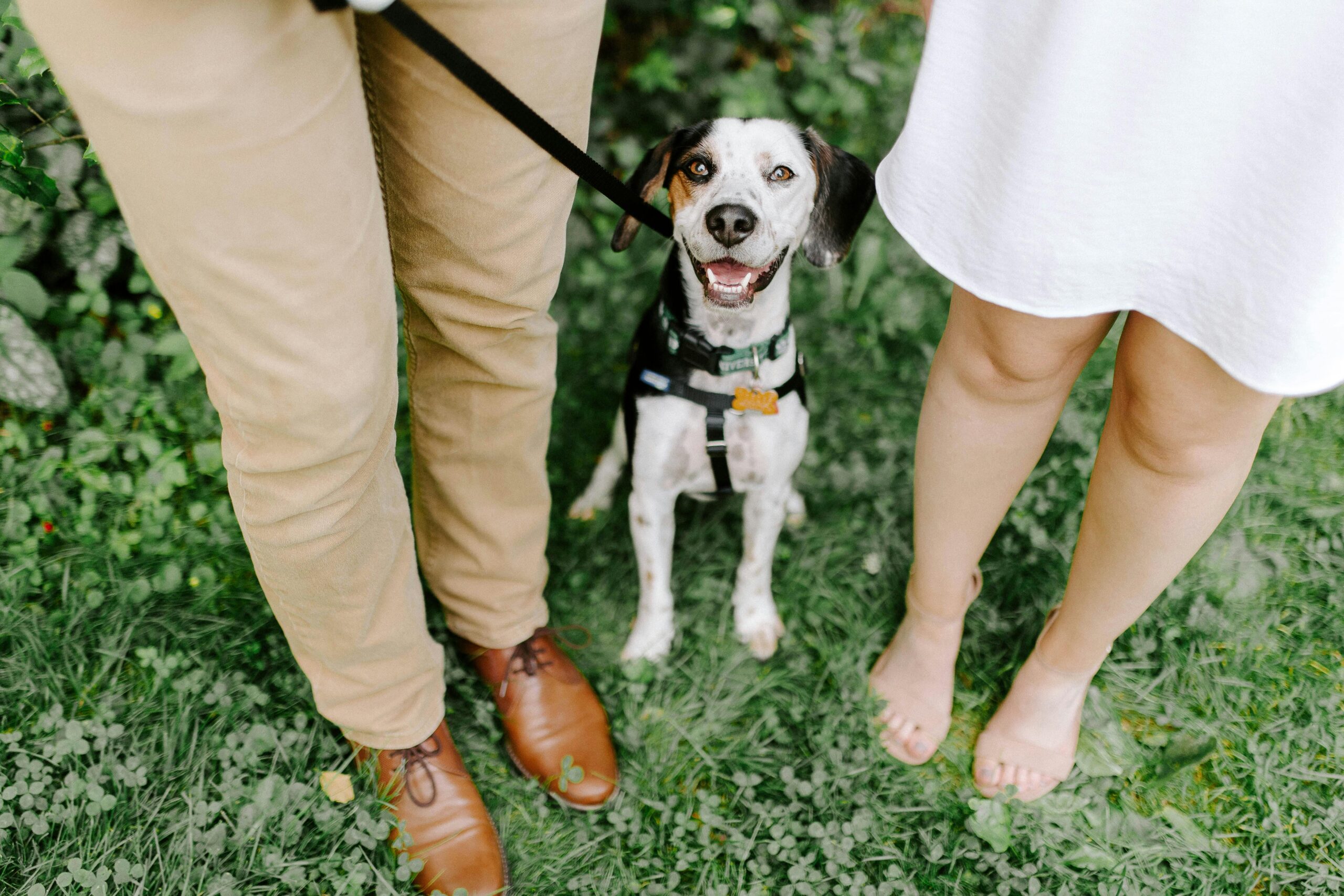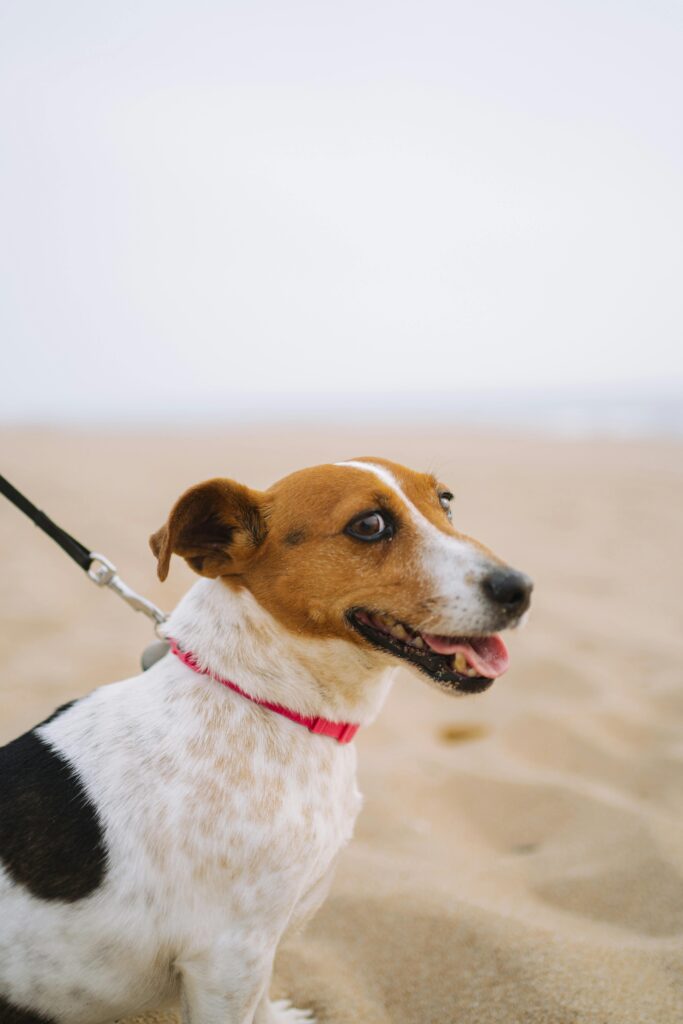Few things frustrate owners more than leash reactivity. One moment you’re enjoying a calm walk, the next your dog is barking, lunging, or pulling toward another dog, person, or distraction. It can feel embarrassing, stressful, and sometimes even dangerous.
The good news? Leash reactivity is common, and with the right training, it’s highly manageable. Let’s look at the causes, the most effective ways to fix it, and the myths that often hold owners back.
What Is Leash Reactivity?
Leash reactivity is when a dog overreacts to triggers such as other dogs, people, bikes, or even cars while restrained on a leash. This behavior can look aggressive, but it is often rooted in fear, frustration, or lack of impulse control.
Common triggers include:
- Other dogs approaching
- Strangers making direct eye contact
- Fast-moving bikes, joggers, or cars
- Loud noises or unusual objects
- Overstimulation in busy environments
Understanding the root cause of reactivity is key to fixing it.
Common Causes of Leash Reactivity
- Frustration: Dogs want to greet or investigate but the leash blocks them, creating tension.
- Fear or anxiety: Some dogs feel trapped on a leash and act out to push the trigger away.
- Lack of impulse control: Without training, excitement boils over into chaotic behavior.
- Inconsistent handling: If leash rules change day to day, dogs become confused.
- Rehearsed behavior: If pulling and lunging has worked before, the dog will keep repeating it.
Why It’s Not Aggression (Most of the Time)
One of the biggest myths is that every reactive dog is aggressive. In reality, leash reactivity is often an emotional response, not intent to harm. Off leash, many of these same dogs are friendly.
This is why structure is key. Our Basic Obedience Program focuses on building calm, consistent leash skills that help reduce reactive outbursts.
Fixes That Work
- Teach Focus Commands
Commands like “look” or “watch me” redirect your dog’s attention back to you. Start in low-distraction areas and gradually add triggers. - Master the Heel
Loose leash walking is essential. If your dog is out front pulling, they’re in the driver’s seat. Our blog on loose leash walking vs. heel training explains how to choose the right approach for your goals. - Create Distance at First
If your dog reacts strongly at 10 feet, begin at 30 feet. Reward calm behavior and close the gap gradually. - Stay Calm Yourself
Dogs read our energy. If you tense up or yank the leash, your dog associates the trigger with stress. Walk with steady, confident energy. - Practice Controlled Exposure
Set up scenarios with calm, neutral dogs or people. This allows training in real-world conditions but with more control than a random encounter.
Myths About Leash Reactivity
- “My dog is aggressive.” Not necessarily. Many are simply frustrated or overstimulated.
- “He’ll grow out of it.” Without training, leash reactivity usually gets worse.
- “I just need a stronger collar.” Tools help, but structure and consistency are the real fix.
- “Avoiding triggers will solve it.” Avoidance prevents progress. Controlled exposure builds confidence.
Expert Insight
According to the American Kennel Club, structured training classes provide the controlled exposure and consistent reinforcement that dogs need to overcome issues like leash reactivity. With professional guidance, dogs learn how to stay calm and focused even around big distractions.
Final Thoughts: Structure Builds Calm
Leash reactivity doesn’t mean you have a “bad” dog. It means your dog needs guidance, structure, and a clear way to handle excitement or stress. With consistent training, you can transform walks from stressful battles into calm, enjoyable experiences.
Tired of stressful walks? Contact us today to learn how our proven programs can help you enjoy peaceful, confident outings with your dog.




